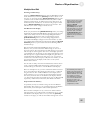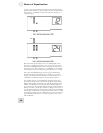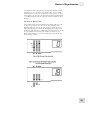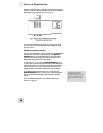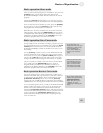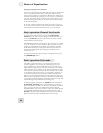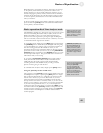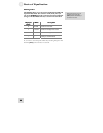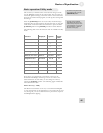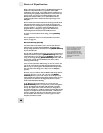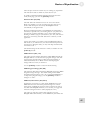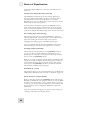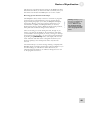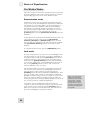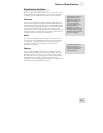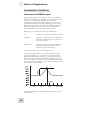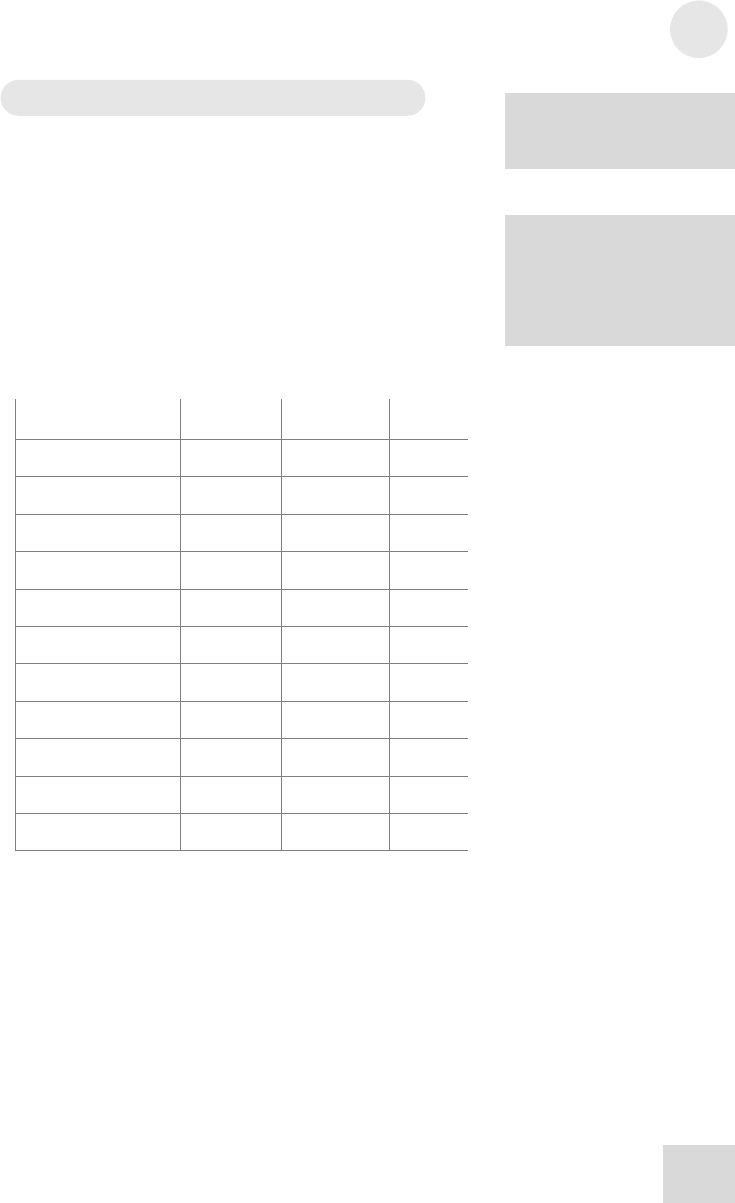
Basics of Equalization 3
Basic operation: Utility mode
To return to Program mode
f
rom Utility mode, press the
[
PROGRAM
]
button.
This is where you will find some of the features that govern the
way the DEQ830 operates in the other modes. They are what you
would call “global” settings, in that their status is not stored with a
program. No matter which program you call up, these settings will
not change.
I
n Utility mode, the Ban
d
Gain LEDs will spell out an
abbreviated form of the name
of each function, as shown in
the “Displayed” column in
the table on this page.
Press the [UTILITY] button to access Utility mode. Pressing it
repeatedly will cycle through all of the functions that you may edit
in this mode. An alternate selection method is to press and hold
[UTILITY] and turn the [VALUE] encoder in either direction.
The following table shows the functions that are available in Utility
mode:
Function Displayed Options Default
Value
Master Level M. LVL +/- 6 dB 0 dB
Release Edit Group REL E.G. Off/On On
Edit Time Out EDIT T.O. Off/On Off
MIDI Channel MIDI CH All, 1-16 ALL
MIDI Program Chg PRG CHG Off/On On
MIDI Out/Thru Select MIDI O/T Out/Thru Thru
Sample Rate Select INTCLOCK 44.1/48 48
Force Analog Input INPUT Auto/Analog Auto
Fast Program Select PRG FAST Off/On On
Peak Mode PEAK 0, 1, 2, INF 2
Sys-Ex Transmit SND SYX Send? N/A
Note that as you switch from one function to the next, the
Numerical LED Display will change to show the value of the
selected function. In each mode, you can change the value by
turning the [VALUE] encoder. The following pages will describe
what each function does.
Master Level (+/- 6 dB)
The Master Level function is one way to customize the DEQ830
to your environment. If the equipment in your setup tends to send
very hot signals, you can use this function to prevent the output of
the DEQ830 from clipping.
45



